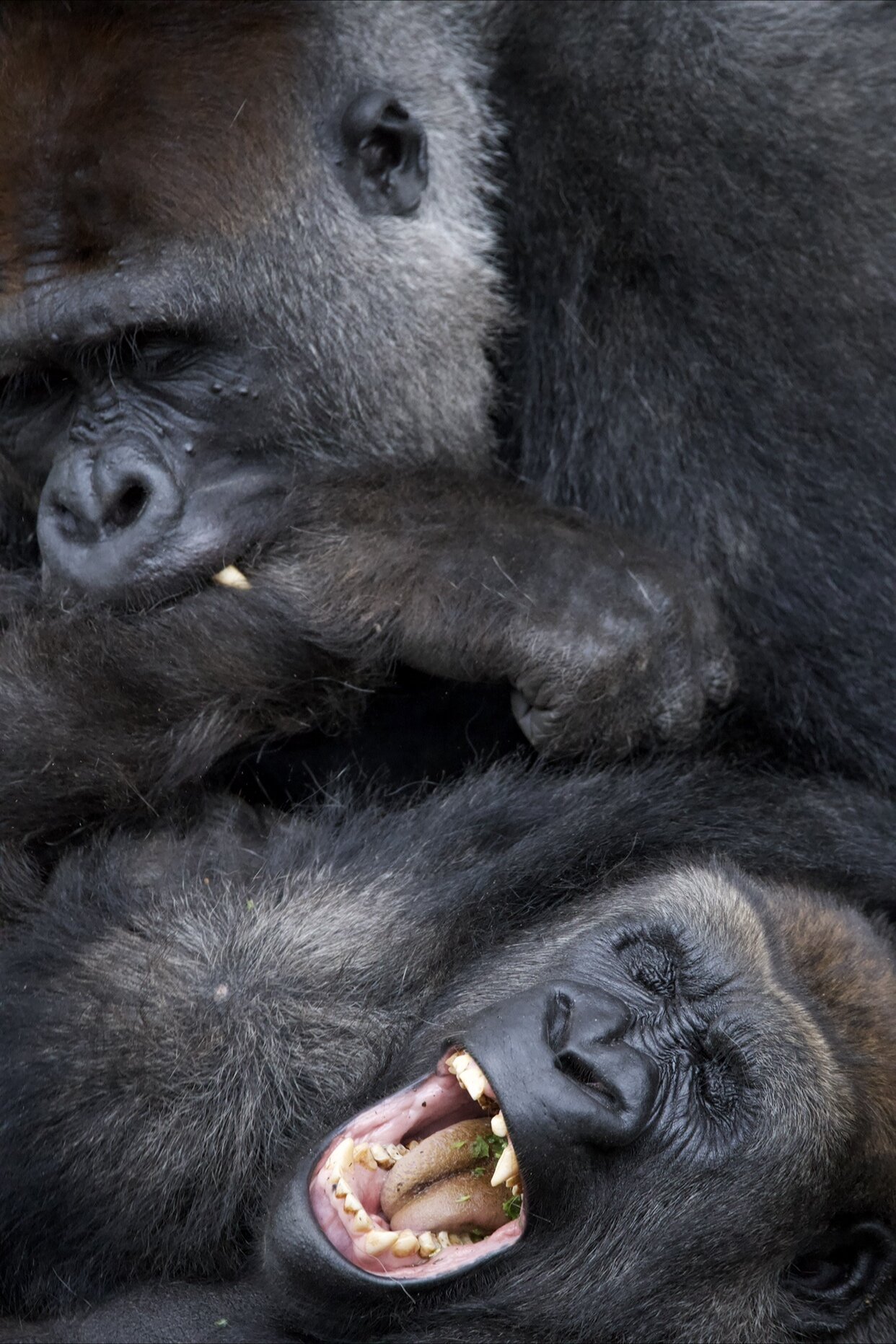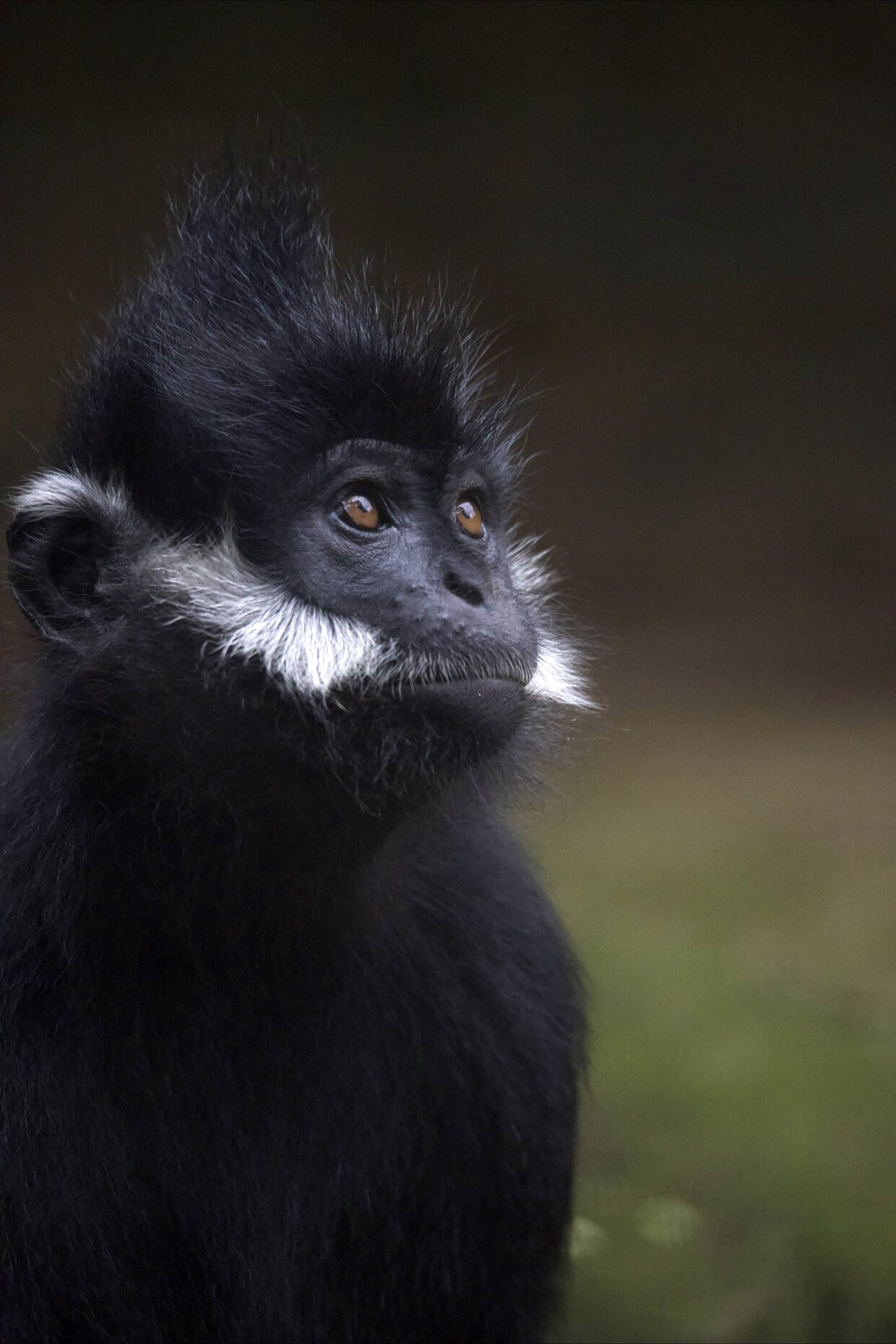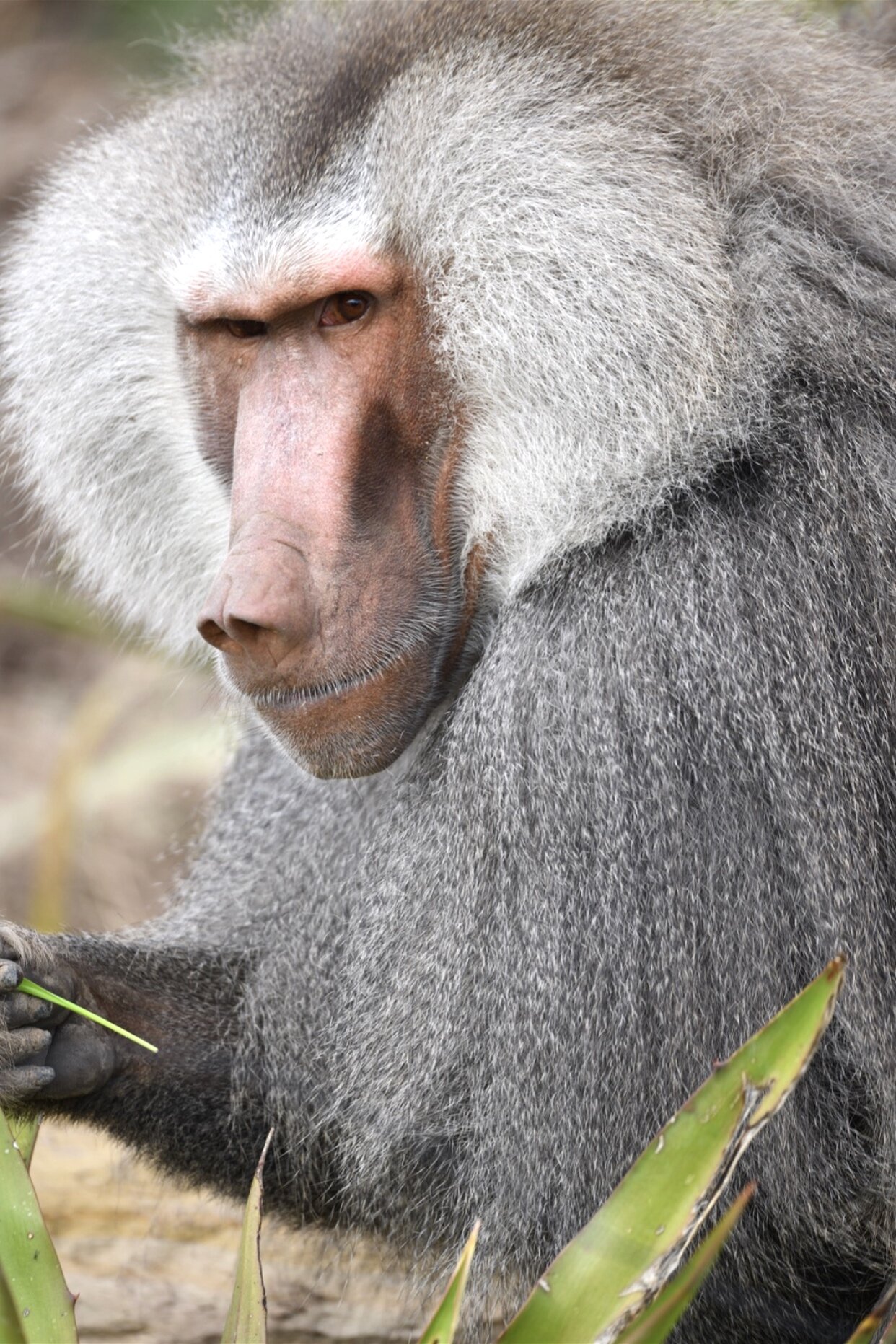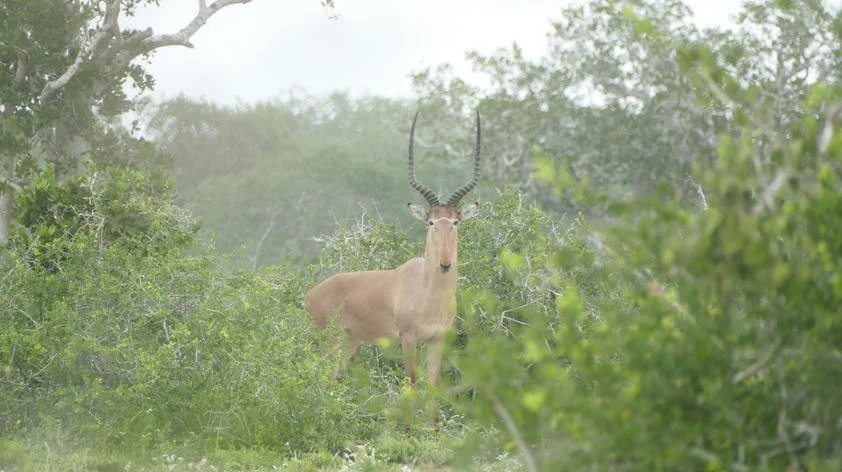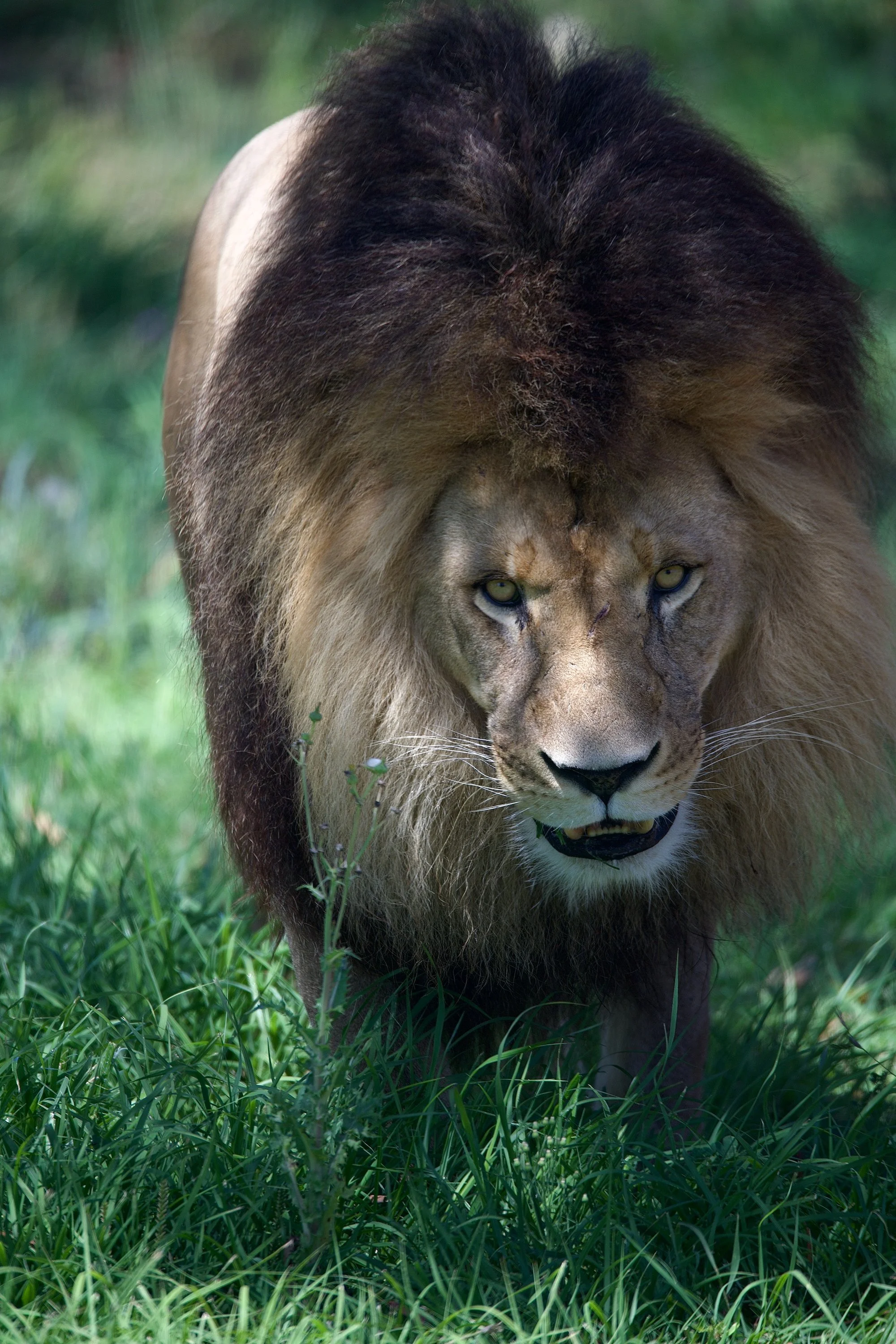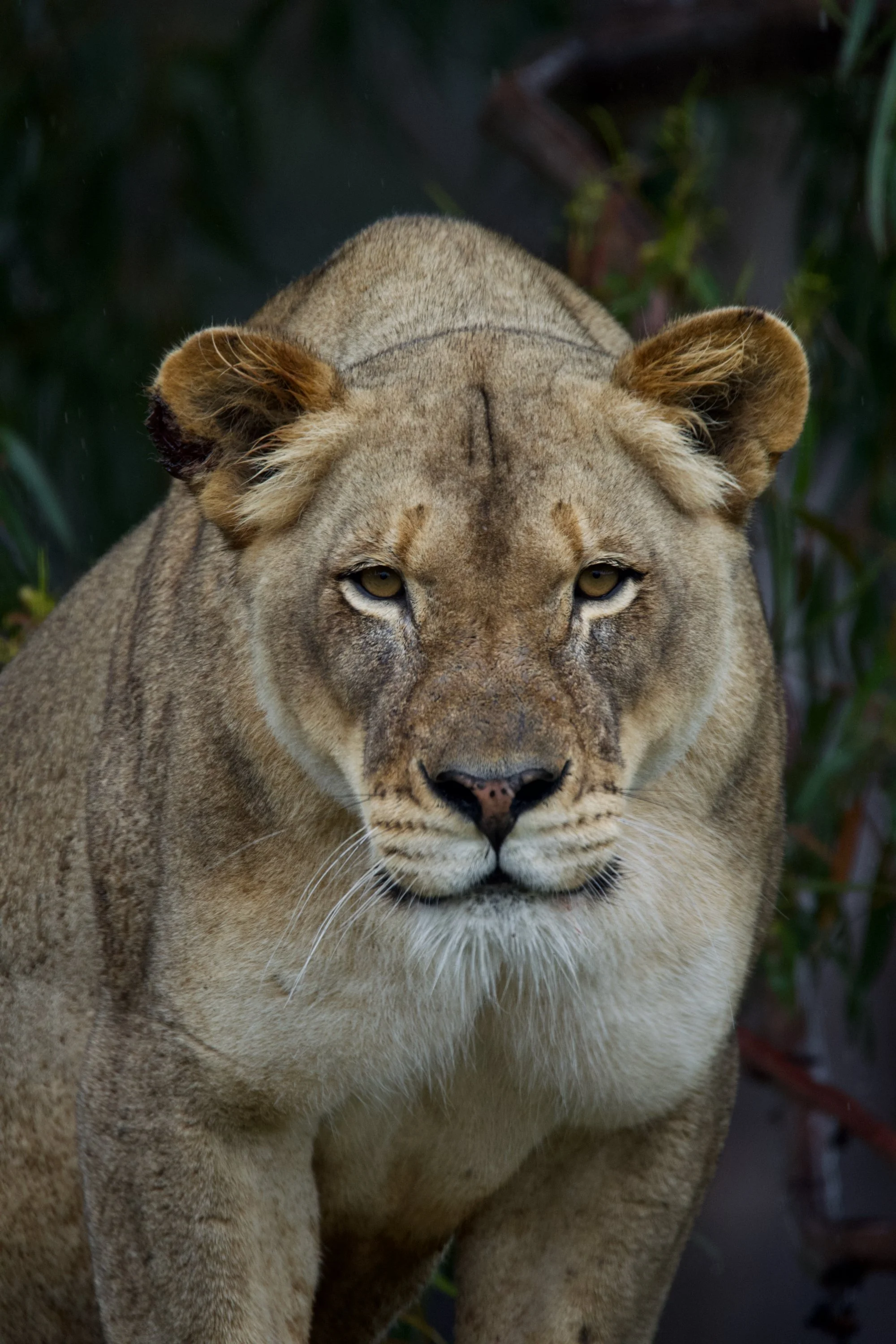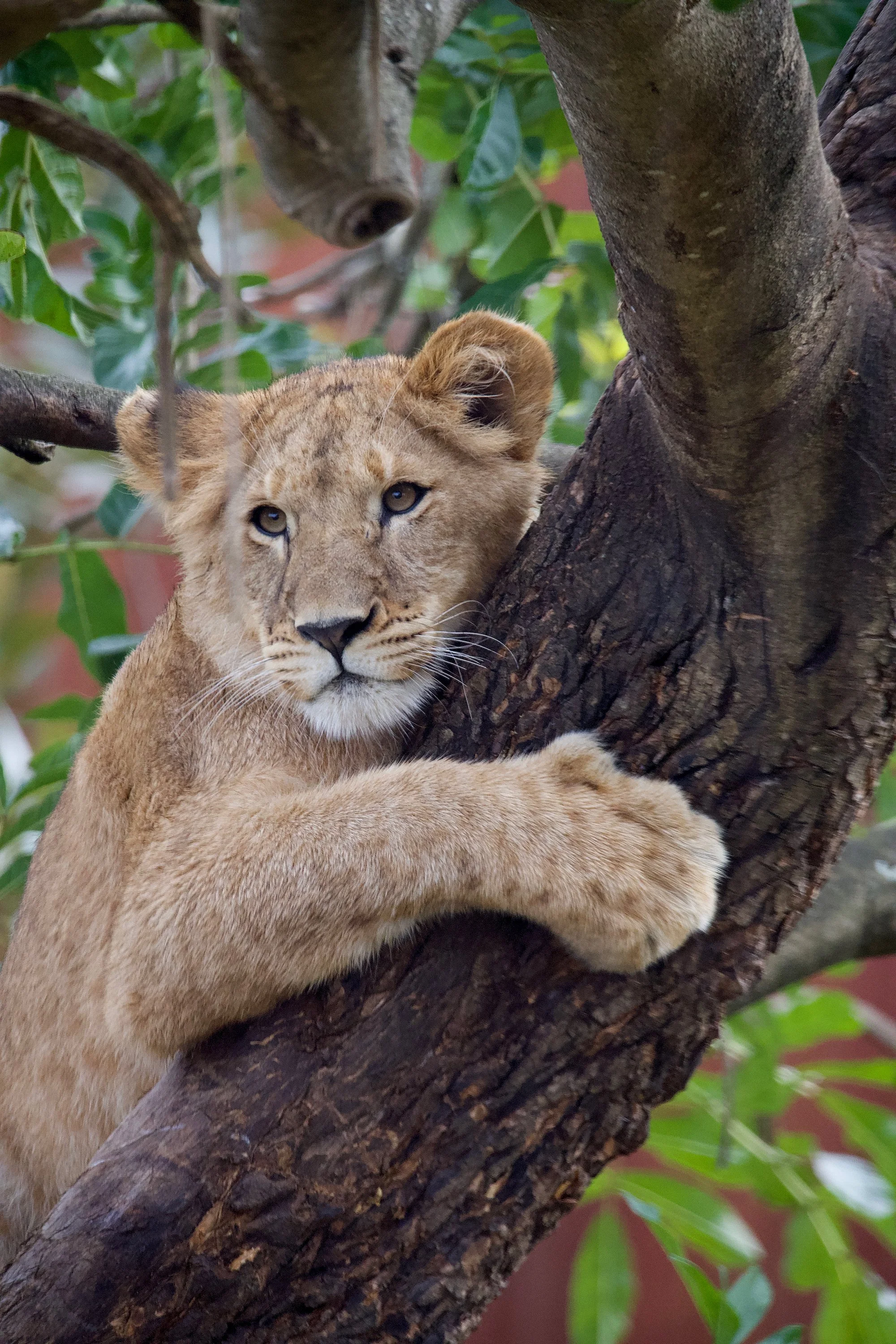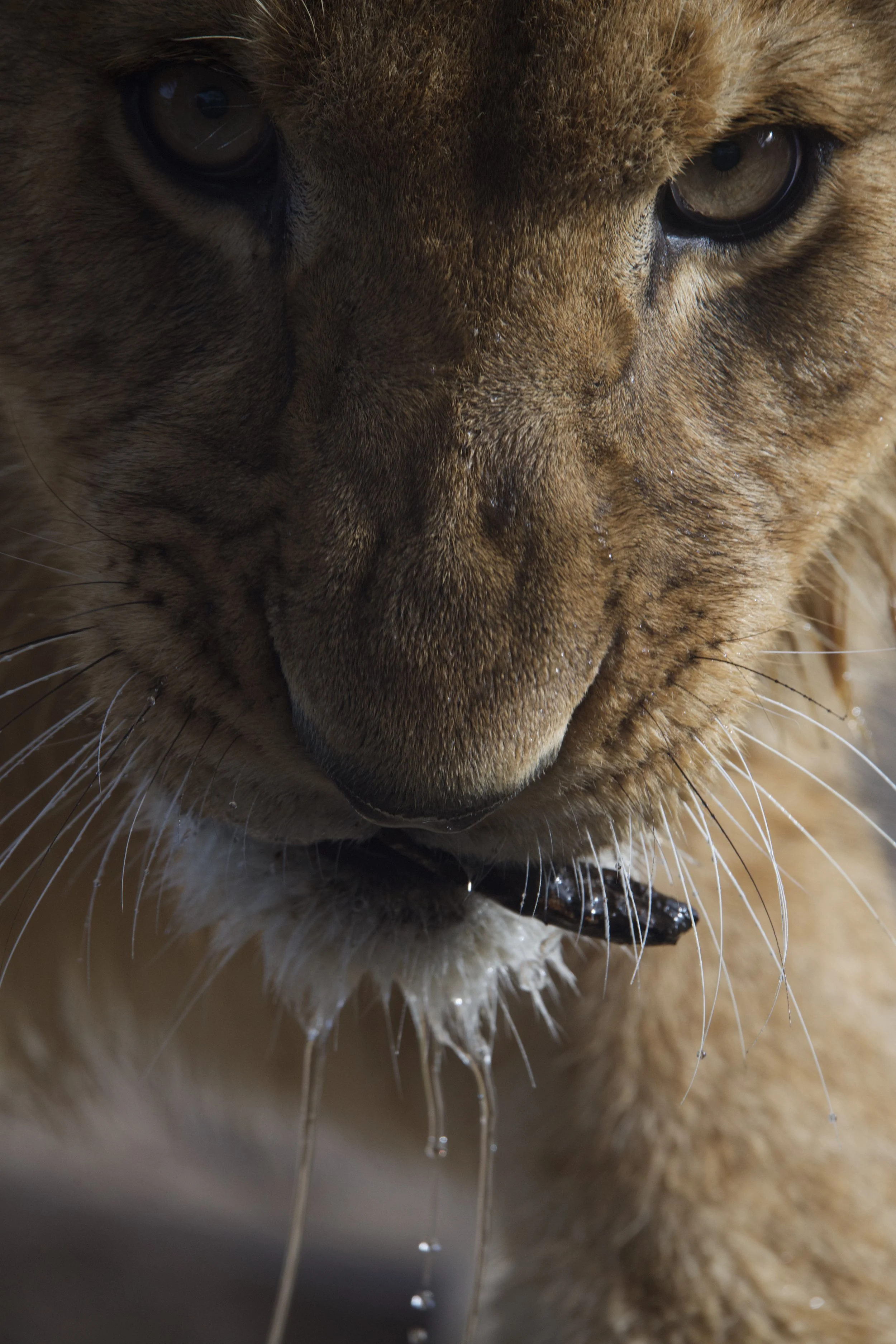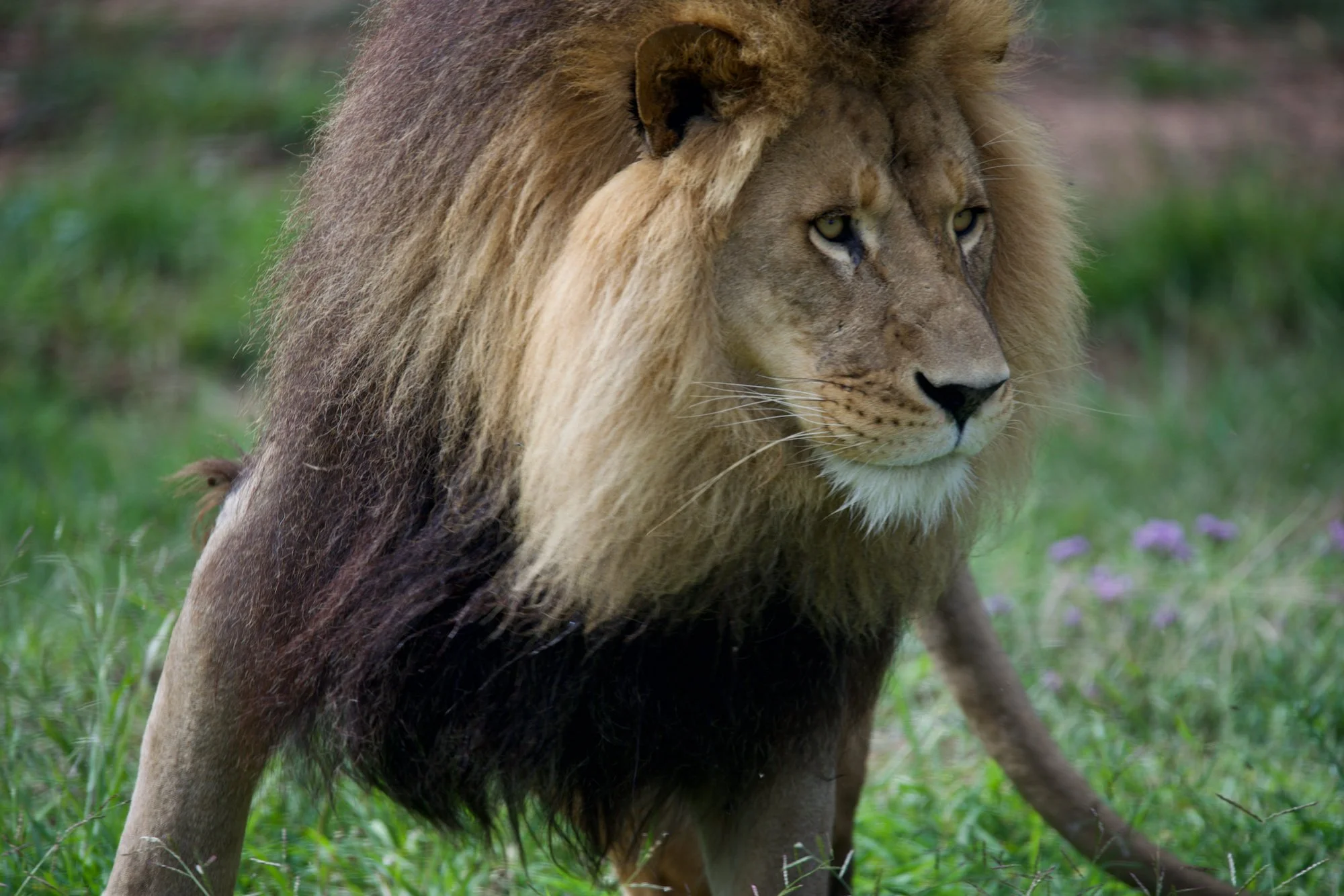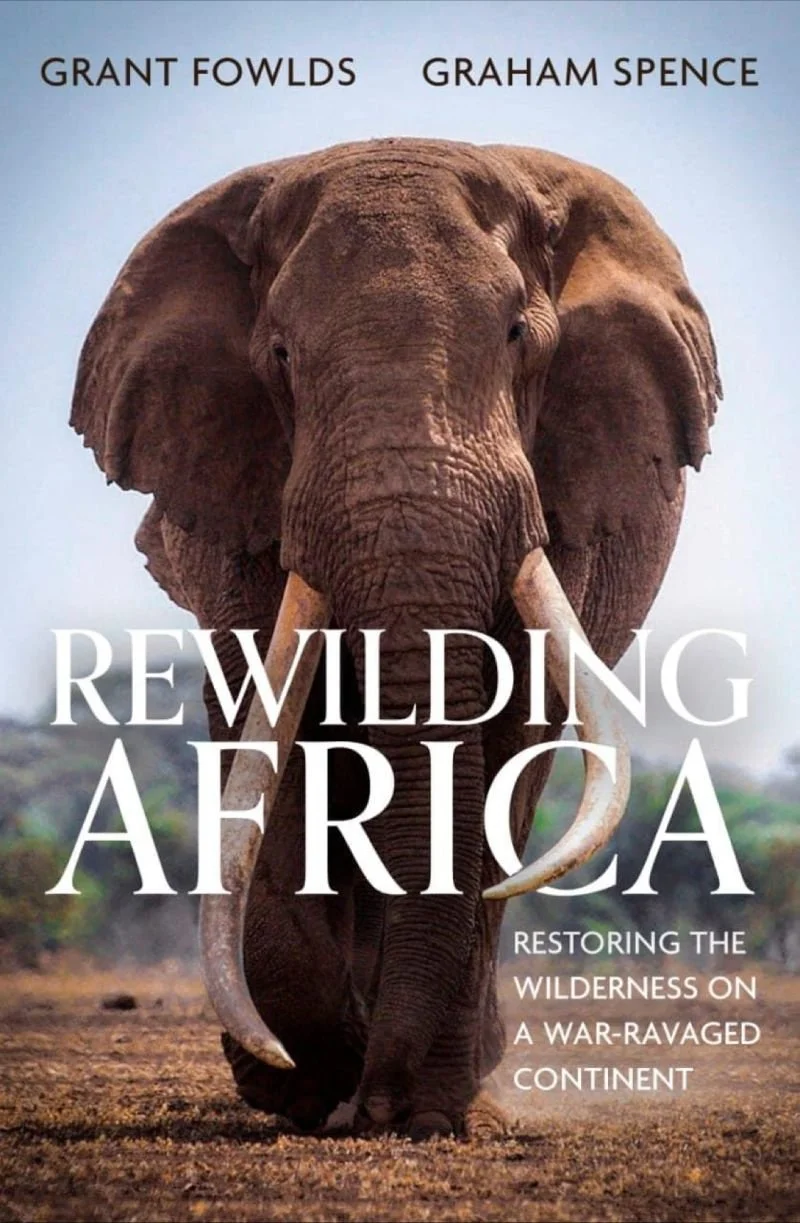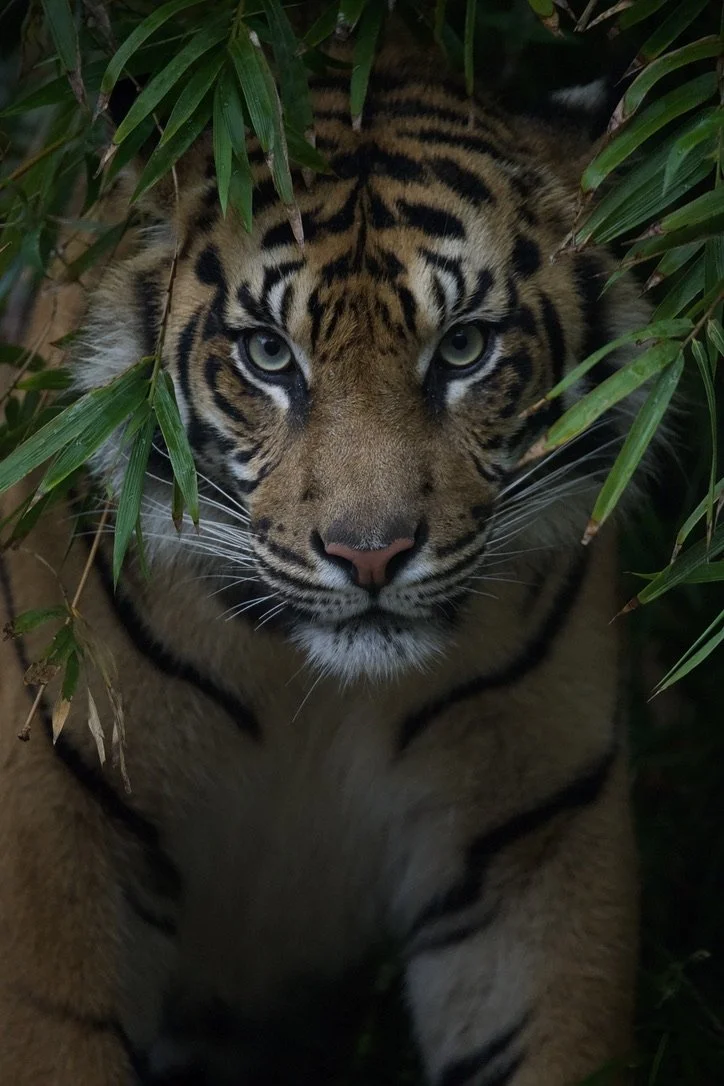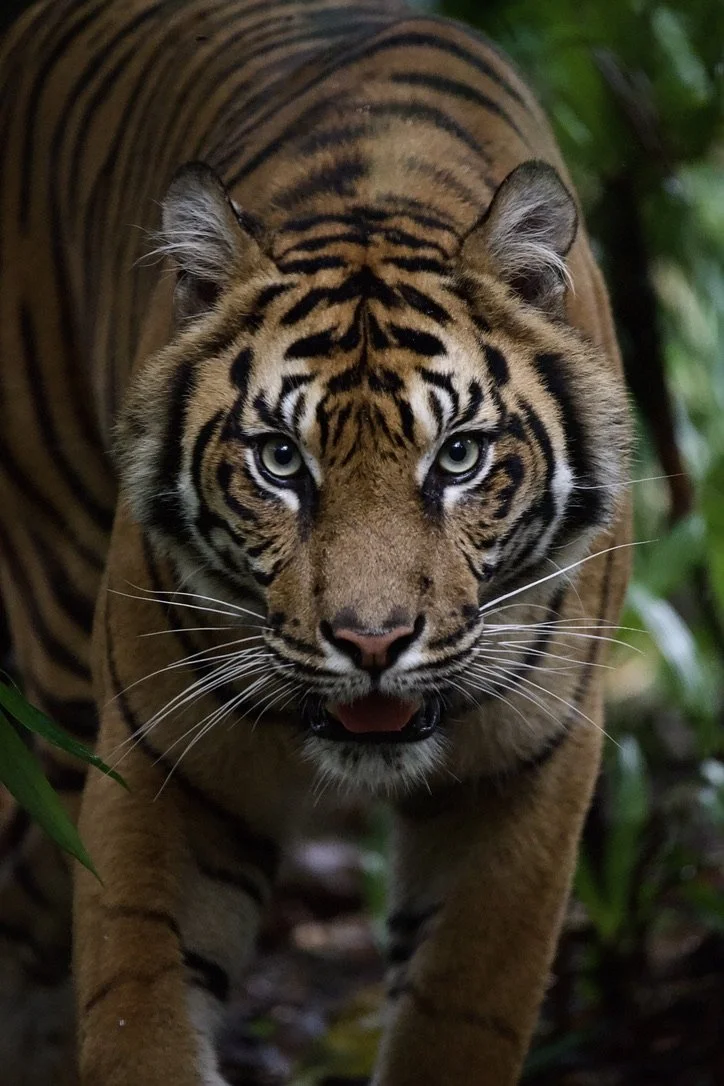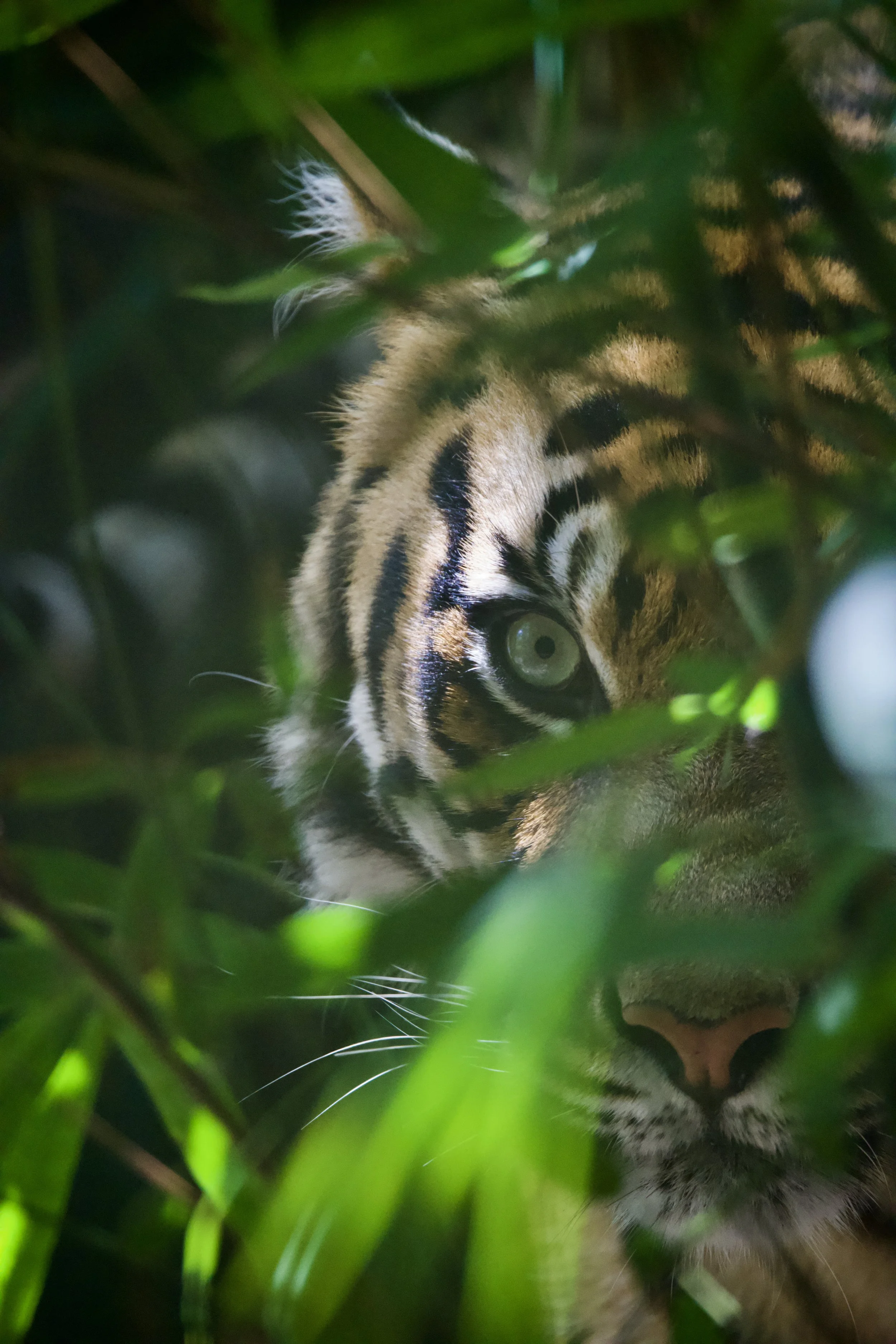Celebrating Our Primate Relatives on International Primate Day
International Primate Day, observed on September 1st each year, is a momentous occasion that serves as a reminder of our responsibility to protect and conserve our closest living relatives in the animal kingdom – the primates. These remarkable creatures share a common ancestry with us, and their conservation is not only vital for the health of our planet but also for our understanding of our own evolution and the interconnectedness of all life on Earth.
The Diversity of Primates
Primatology is the scientific study of primates, and it has revealed an astonishing array of species, behaviors, and adaptations. From the tiny mouse lemur to the powerful gorilla, there are over 500 species of primates inhabiting various parts of the world. These creatures exhibit a wide range of behaviors, social structures, and ecological niches, making them a fascinating subject of study for researchers.
One of the most iconic primates is the chimpanzee, which shares about 98% of its DNA with humans. Studying chimpanzees has provided invaluable insights into our own evolution and the complex social behaviors that are a hallmark of both species. Additionally, orangutans, gibbons, and bonobos each offer unique perspectives on the diversity of primate life.
The Challenges Facing Primates
While primates have captured our imagination and fueled scientific curiosity, they are also facing numerous challenges that threaten their survival. Habitat destruction, primarily due to deforestation and urbanization, poses a significant threat to many primate species. As their natural habitats shrink, these animals are forced into closer contact with humans, leading to conflicts and increased risk of disease transmission.
Another pressing issue is the illegal wildlife trade, which drives the poaching of primates for pets, traditional medicine, and entertainment. This illicit trade not only harms individual animals but also depletes wild populations, pushing some species dangerously close to extinction.
Conservation Efforts
On International Primate Day, we must recognize the dedicated efforts of conservation organizations, researchers, and local communities working tirelessly to protect primates and their habitats. Here are some key strategies being employed to ensure the survival of these remarkable animals:
Habitat Conservation: Protecting and preserving the natural habitats of primates is crucial. This involves efforts such as establishing protected areas, reforestation initiatives, and sustainable land-use practices.
Anti-Poaching Measures: Enhanced law enforcement and anti-poaching campaigns are essential to combat the illegal wildlife trade. These efforts aim to reduce the demand for primate products and deter poachers.
Community Involvement: Engaging local communities in primate conservation is vital. Empowering communities to benefit from sustainable practices that coexist with primate habitats can help reduce human-wildlife conflicts.
Education and Awareness: Increasing public awareness about the importance of primate conservation and the threats they face can drive change. Education can inspire people to support conservation efforts and make more environmentally responsible choices.
Research and Monitoring: Ongoing scientific research is essential for understanding primate behavior, ecology, and health. This knowledge is fundamental for effective conservation planning and management.
Take Action on International Primate Day
As individuals, we can also contribute to primate conservation on International Primate Day and beyond. Here are some ways to get involved:
Support Conservation Organizations: Consider donating to or volunteering with organizations dedicated to primate conservation, such as the Jane Goodall Institute, the Dian Fossey Gorilla Fund, or the World Wildlife Fund.
Advocate for Responsible Consumer Choices: Avoid purchasing products made from endangered primate species or promoting the illegal pet trade. Make informed choices that support conservation-friendly practices.
Educate Yourself and Others: Learn more about primates, their habitats, and the challenges they face. Share this knowledge with your friends and family to raise awareness.
Reduce Your Carbon Footprint: Climate change contributes to habitat loss. Reducing your carbon footprint through energy conservation and sustainable practices can indirectly benefit primate habitats.
International Primate Day serves as a poignant reminder of the urgent need to protect and conserve our primate relatives. These creatures offer a window into our own evolutionary history and the incredible diversity of life on Earth. By supporting conservation efforts, raising awareness, and making responsible choices, we can ensure that primates continue to thrive in the wild for generations to come, enriching our world and teaching us more about the tapestry of life.

